Our ears are more than just organs for hearing; they can also provide vital clues about our overall health. One of the most overlooked health indicators is earwax. While often dismissed as an annoyance, earwax plays a protective role, safeguarding the ear canal from dirt, bacteria, and other debris. However, its color, texture, and even smell can signal underlying health issues that shouldn’t be ignored.
Let’s delve into what different types of earwax can reveal about your body and why you should pay closer attention to this often-misunderstood substance.
The Importance of Earwax: More Than Meets the Eye
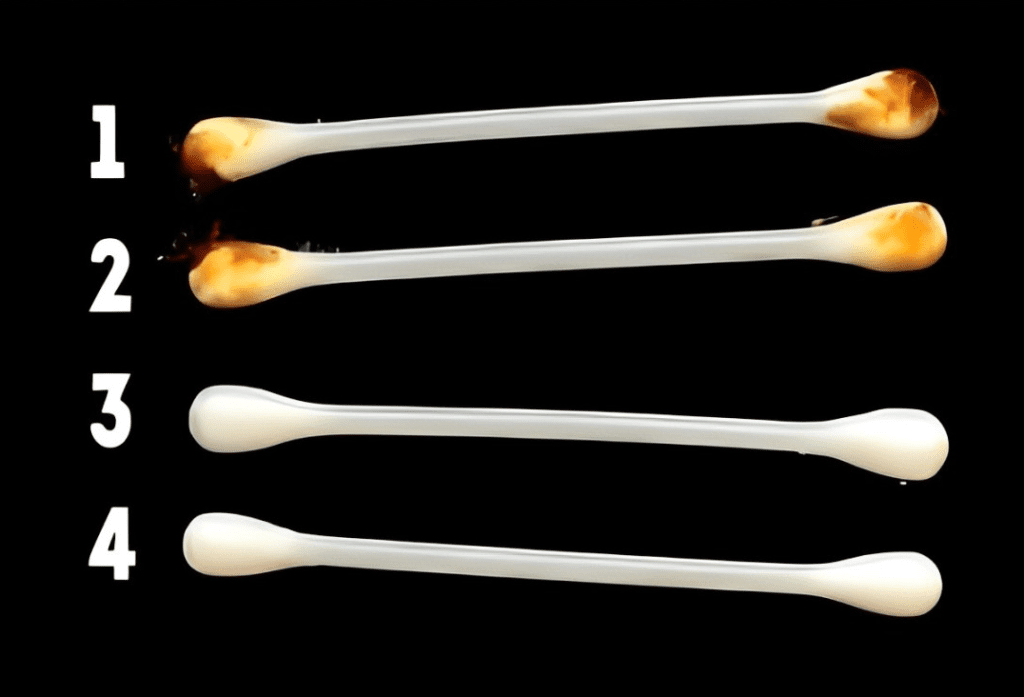
Earwax, scientifically known as cerumen, serves as the ear’s natural defense system. It traps dirt and microorganisms, preventing them from entering deeper into the ear canal. Despite its critical role, many people view earwax as a nuisance, leading to habits like daily ear cleaning that can do more harm than good.
Frequent cleaning, especially with cotton swabs, can push wax deeper into the ear, causing blockages or even damaging the eardrum. Instead, it’s better to let the earwax work naturally unless there’s discomfort or a noticeable change in its appearance or smell.
What Different Types of Earwax Say About Your Health
The state of your earwax can act as a window into your body’s health. Changes in color, texture, or odor should not be ignored, as they could indicate anything from mild environmental effects to more serious health conditions.
1. Gray Earwax
- What It Means: Gray earwax without additional symptoms is usually harmless. It’s often a result of environmental factors like pollution, making it common in urban areas.
- When to Worry: If accompanied by itchiness or discomfort, consult a doctor to rule out infections.
2. Blood in the Earwax
- What It Means: Blood-tinged earwax may indicate a perforated eardrum or injury to the ear canal.
- Action to Take: Seek immediate medical attention. A perforated eardrum can make your ear more susceptible to infections like otitis media.
3. Brown Earwax
- What It Means: Dark brown, excessive earwax can signal that your body is under stress. This response may be your body’s way of reacting to heightened emotional or physical tension.
- What You Can Do: Take steps to reduce stress, such as practicing relaxation techniques or spending time in a calming environment.
4. Black Earwax
- What It Means: A one-time occurrence of black earwax is generally not a cause for concern. However, recurring black earwax accompanied by itching could be a sign of a fungal infection.
- Action to Take: Schedule an appointment with an ENT specialist if this happens frequently.
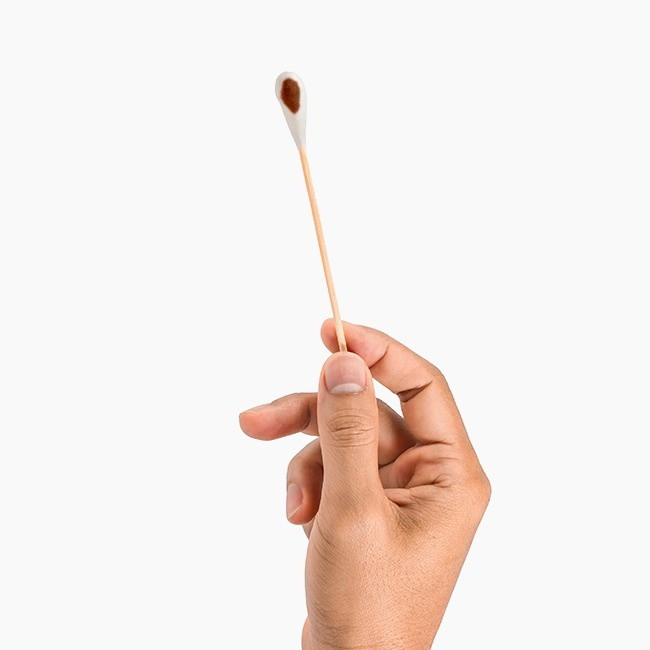
5. White Earwax
- What It Means: White earwax may suggest a deficiency in vitamins or trace elements like iron and copper.
- How to Address It: Incorporate nutrient-rich foods into your diet, such as beans, lentils, and oats, to replenish essential vitamins and minerals.
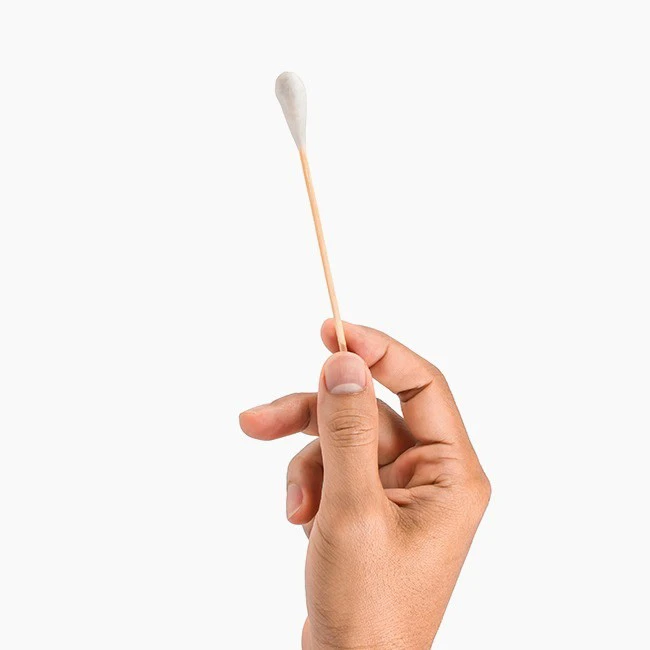
6. Strong-Smelling Earwax
- What It Means: Foul-smelling earwax is a red flag for a middle ear infection. This condition can also cause symptoms like ear noise or discomfort.
- Action to Take: Visit a doctor promptly to prevent complications, including potential hearing loss.
7. Liquid Earwax
- What It Means: A sudden change in earwax consistency, such as turning liquid, may indicate an active ear infection.
- When to Seek Help: If the change persists or is accompanied by pain, see a healthcare professional for diagnosis and treatment.
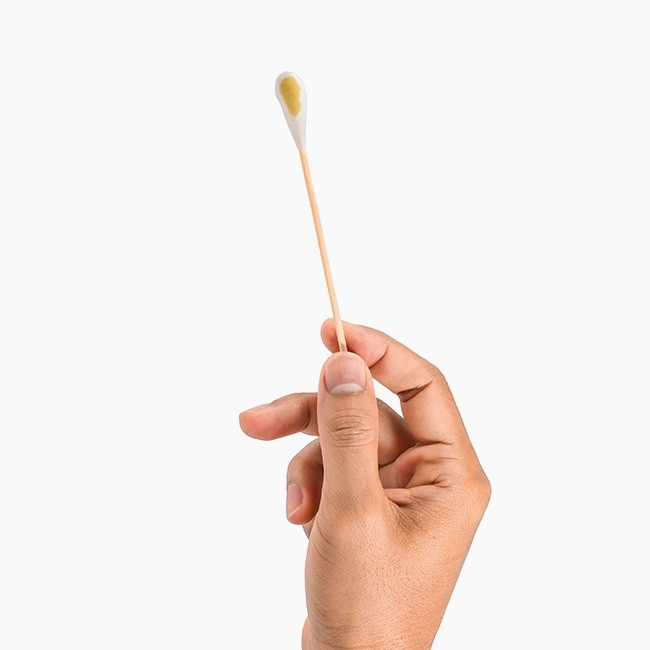
8. Dry Earwax
- What It Means: Dry earwax often points to dehydration or a lack of healthy fats in your diet. It can also be linked to skin conditions like dermatitis.
- How to Fix It: Increase your water intake and consume foods rich in healthy fats, such as avocados, nuts, and fish. For skin-related issues, consult a dermatologist.
When to See a Doctor

While earwax itself is usually harmless, certain changes can signal the need for medical attention. Seek professional advice if you notice any of the following:
- Persistent itching or discomfort.
- Sudden changes in earwax color or consistency.
- Foul odor or liquid discharge from the ear.
- Signs of infection, such as pain, redness, or swelling.
Ignoring these signs could lead to complications, including hearing loss or more severe infections.
How to Maintain Healthy Ears
Keeping your ears healthy doesn’t require daily cleaning. Instead, adopt these safe practices to maintain optimal ear health:
- Avoid Cotton Swabs: These can push wax deeper into the ear canal, causing blockages or damage.
- Use Ear Drops if Needed: Over-the-counter ear drops can help soften hardened wax for easier removal.
- Let Nature Work: The ears are self-cleaning. Earwax naturally moves out of the canal over time.
- Hydrate Regularly: Drinking enough water helps maintain the moisture levels necessary for healthy earwax.
- Protect Your Ears: Avoid prolonged exposure to loud noises and keep ears dry to prevent infections.
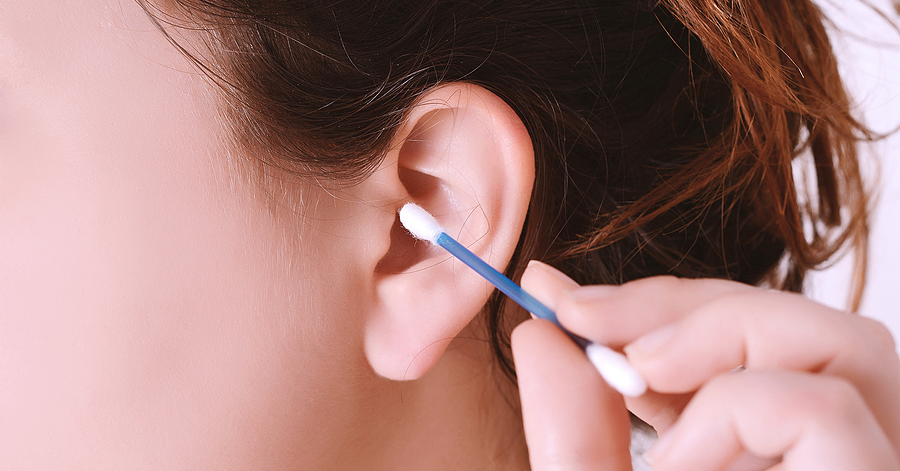
The Link Between Ear Health and Overall Well-Being
Your ears are closely connected to your overall health. Changes in earwax can be early indicators of stress, nutritional deficiencies, or even systemic infections. By paying attention to these subtle signs, you can catch potential health issues early and take appropriate action.
Conclusion: Your Ears Are Speaking—Are You Listening?
Earwax might seem like a minor annoyance, but it holds vital clues about your health. From stress and infections to vitamin deficiencies, the state of your earwax can reveal more than you’d expect. By observing these changes and maintaining proper ear hygiene, you can ensure not just healthier ears but a healthier you. So next time you clean your ears, take a closer look—you might learn something important about your body.


